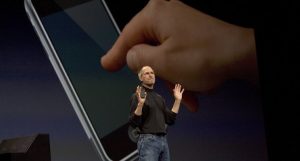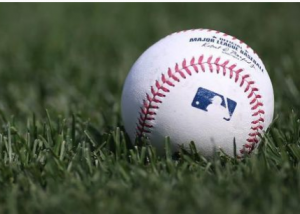 The hot topic lately has been the Internet of Things or IoT. And, well it should be since we are moving into a connected world. But, it seems to me that the words of the great hockey player Wayne Gretsky apply here. You don’t skate to where the puck is to be great … you skate to where the puck is going!
The hot topic lately has been the Internet of Things or IoT. And, well it should be since we are moving into a connected world. But, it seems to me that the words of the great hockey player Wayne Gretsky apply here. You don’t skate to where the puck is to be great … you skate to where the puck is going!
Few would argue that the small letters “aa” are the key here. Businesses, including ours, are building software applications that offer services instead of selling the applications directly. This enables huge reductions in costs and permits fluid improvements that occur in the background of most people’s lives.
But, there are some new and perhaps unexpected twists in this evolution. Take a look at the following:
- SaaS Examples: Google Apps, Salesforce, Workday, Concur, Citrix GoToMeeting, Cisco WebEx.
If I gave you the acronym IaaS what would you think the “I” stood for? Right now, it is infrastructure.
- IaaS Examples: Amazon Web Services (AWS), Cisco Metapod, Microsoft Azure, Google Compute Engine (GCE), Joyent.
That is where the puck is right now. Where is it going? I believe the “I” will very shortly stand for “Information.” That is what our latest product for low income customers really achieves: Information as a Service” to those who most need it and who now seldom receive it.
If you are interested, we have a webinar illustrating it. Sign up here and see the future.
 After years of offering customers energy forecasts for the home, I have concluded that we are now prone to consider small numbers immaterial … they simply do not matter. Why do I say this? Our online analysis now forecasts your home’s daily energy use and costs into the future and you can see how the weather impacts it. Customers now see that some days cost $3 or $4 while others cost $6 or even $10 or more.
After years of offering customers energy forecasts for the home, I have concluded that we are now prone to consider small numbers immaterial … they simply do not matter. Why do I say this? Our online analysis now forecasts your home’s daily energy use and costs into the future and you can see how the weather impacts it. Customers now see that some days cost $3 or $4 while others cost $6 or even $10 or more.

